Extra! Read all About! Clippings from The (Montreal) Gazette, 1943
D-Day Sicily Will Arrive in the Shape of a Huge Allied Armada
Armada to Sicily: Allied invasion ships set out July 3-10, 1943, on board the sloop
HMS Alynbank, in convoy. "Part of the huge Allied convoy on their way to Sicily."
Photo - Lt. E. E. Allen, Royal Navy Official Photographer © IWM A 17903
Introduction:
The largest armada in history (up to that date) will soon make landings at several locations upon Sicily's eastern and southern shores. The armada will be accompanied by airborne forces as well, in the form of heavily loaded gliders and regular bombardments. Most of the inhabitants of the island will not be happy to withstand the rigours of war upon their land, but will have to endure losses of all kinds and magnitudes, to their families, friends, homes, properties and more.
Below please find several timely news clippings from The Montreal Gazette, issues from July 8 - 9, 1943. Useful links will be provided to other newspaper clippings, information from Canadian memoirs, and good quality photographs:
Operation Mincemeat is a 2021 British war drama film directed by John Madden. It is based upon Ben Macintyre's book on the British Operation Mincemeat during the Second World War. The film stars Colin Firth, Kelly Macdonald, Matthew Macfadyen, Penelope Wilton, Johnny Flynn and Jason Isaacs. This was Paul Ritter's final film appearance, and was dedicated to his memory.
The film had its world premiere at the 2021 British Film Festival in Australia, and was released in the United Kingdom on 15 April 2022 by Warner Bros. Pictures. It was released on Netflix in North American and South American countries on 11 May 2022.
More news from 'the Med', including D-Day Sicily and D-Day Italy (three locations in September!) to follow shortly.
Please click here to view Three Months in the Mediterranean, 1943 (3)
Unattributed Photos GH
The largest armada in history (up to that date) will soon make landings at several locations upon Sicily's eastern and southern shores. The armada will be accompanied by airborne forces as well, in the form of heavily loaded gliders and regular bombardments. Most of the inhabitants of the island will not be happy to withstand the rigours of war upon their land, but will have to endure losses of all kinds and magnitudes, to their families, friends, homes, properties and more.
Below please find several timely news clippings from The Montreal Gazette, issues from July 8 - 9, 1943. Useful links will be provided to other newspaper clippings, information from Canadian memoirs, and good quality photographs:
Sicilian airfields were obvious targets, leaving Italian and German forces to wonder when and where the Allied armies would land. They would not have to wait long.
Got plans for this coming Saturday? You might want to reschedule.
And where, in fact, were Allied forces to attack "the soft under-belly of Europe" (Churchill's words)?
"In 1943, two brilliant intelligence officers conceived a plan that was dubbed Operation Mincemeat. They would trick the Nazis into thinking that Allied forces were planning to attack southern Europe by way of Greece rather than Sicily." (From back cover of the book below.)
"The plan - get a corpse, equip it with misleading papers concerning the invasion,
then drop it off the coast of Spain where German spies would take the bait."
Operation Mincemeat is reported to have had some success, and was depicted in a movie that premiered in 2021:
The film had its world premiere at the 2021 British Film Festival in Australia, and was released in the United Kingdom on 15 April 2022 by Warner Bros. Pictures. It was released on Netflix in North American and South American countries on 11 May 2022.
See Wikipedia for more details.

Speaking of movies that have a connection to World War II and (indirectly) to Canadians in Combined Operations....
950 - 1,000 Canadian sailors (RCNVR) volunteered for Combined Operations (C.Ops.) during WWII and took part (most, like my father, by manning landing crafts) in Operation Jubilee (Dieppe raid), and Operations Torch, Husky, Baytown, Avalanche, Neptune, etc. (invasions of N. Africa, Sicily, Italy - at Reggio and Salerno - Normandy France, and more) from 1941 - 1945. Most returned from the war in one piece, partly related to the fact that landing crafts, though often first to the beach, make small targets.
A small handful of the sailors must have arrived in Europe a short time ahead of other early volunteers to C.Ops. because they somehow snagged (or were snagged for) a role in "the greatest raid of all time" (so says a book by that name, re Operation Chariot), i.e., a raid on a significant dry dock, the largest in Western Europe close to the Atlantic, at St. Nazaire, France, in March, 1942. One sailor's name was John O'Rourke (Lt., RCNVR), and by a pleasant coincidence someone with the same last name appeared in "At Dawn We Die", as mentioned in the caption to the movie's photo above.
In St. Nazaire to Singapore: The Canadian Amphibious War 1941 - 1945 (a two-volume compilation of stories by WWII RCNVR/C.Ops. veterans) John O'Rourke writes the following:
As found in St. Nazaire to Singapore (Vol. 1), page 37
Published in 1995, approx. Collection of Doug Harrison (RCNVR, C.Ops.)
Please link to St. Nazaire to Singapore (Vol. 1), shared by the University of Calgary (Alberta, Canada), to read more about John O'Rourke's experiences at St. Nazaire. Click here, then go to pages 35 - 39.
Below are two items from The Gazette's editorial page:

More than a few articles in various newspapers (Allied countries) expressed the belief that Berlin and Rome would fall... shortly. The positive momentum that many felt based on victories, for example, in North Africa, lead to the belief in ultimate victory. And when did the Allies enter Rome? June 1944, almost on the same day as D-Day Normandy. And when did they enter Berlin? Almost a year later. 'Positive momentum' is a force to be reckoned with, is it not?
More eyes are on Rome:
Faithful readers - by now, after over 8 years of posts - might come to expect that I will share almost any article that relates to the Canadian Navy. I admit, they'd be right. Especially if there is some connection to 'Canadians in Combined Ops', 1941 - 1945:
The first two groups (drafts) of Canadian sailors to volunteer for Combined Operations came from HMCS Stadacona in late December, 1941. More followed after that, making a group of up to 950 - 1,000 sailors, likely from various Navy bases across Canada. The early groups to volunteer would have been surprised at how large HMCS Cornwallis was compared to Stadacona, that is, if they ever saw the site, or ever knew about it.
From the Navy records of my father Doug Harrison, Norwich, Ontario.
My father moved from Hamilton Division 1 (later know as HMCS Star), to HMCS Stadacona, Halifax, then to HMS Quebec, near Inveraray, Scotland (No. 1 Combined Ops Training Camp), in early 1942. Like the rest of his division, he made his way to Inveraray after a short stint of being introduced to landing crafts at HMS Northney (camps 1 - 4) on Hayling Island, off the southern coast of England, east of Southampton.
The Effingham Division, first draft to Combined Ops, HMCS Stadacona, 1941
Eight Canadian sailors, RCNVR and Comb. Ops., at HMS Northney, Feb. 1942
L - R: Al Addlington (London), Joe Spencer (Toronto), Chuck Rose (Chippawa),
Doug Harrison (Norwich), Art Bradfield (Simcoe), Don Linder (Kitchener), Joe
Watson (Simcoe), Jack Jacobs (town unknown). Brick barracks were formerly for
vacationers. "The toilets froze but the dining room was warm. We survived."
Photo is from the collection of Joe Spencer, 2nd from left. Used w permission
More details about early training on landing crafts can be found here. Questions or comments about the training undertaken at HMCS Stadacona and then at Northney and Quebec can be sent to Gord Harrison @ gordh7700@gmail.com
Now, back to news from The Gazette:
My feeling is that merchant seamen often had a thankless role to play
More news about D-Day -2 (July 8, 1943), from another newspaper, can be found here.
Below please find a few items fromJuly, 1943, aka D-Day -1, Sicily:
Observers could not be blamed for thinking that "a tremendous weight of bombs" dropped upon Sicily's airfields would give the Allied game away. And they'd be right. But the Allies could attack in many places, and a few diversions and deceits (e.g., Operation Mincemeat) had been thrown into the mix, as well as bombings in other areas as a lead up to D-Day Sicily:
Though the Dieppe Raid took place 11 months earlier (approx.), it remained in the news for many years after:
Please click here to view Three Months in the Mediterranean, 1943 (3)
Unattributed Photos GH
.jpg)








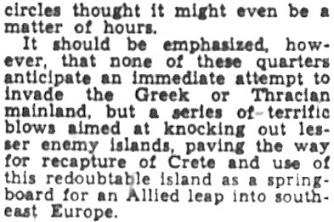

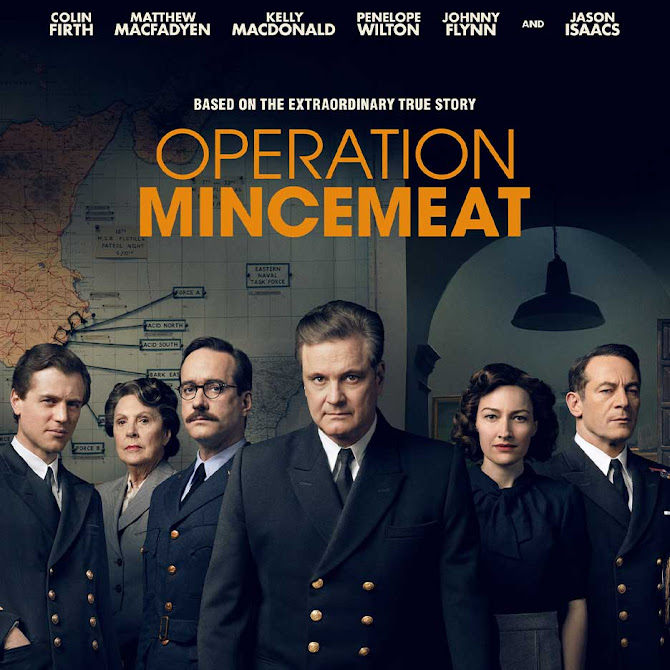


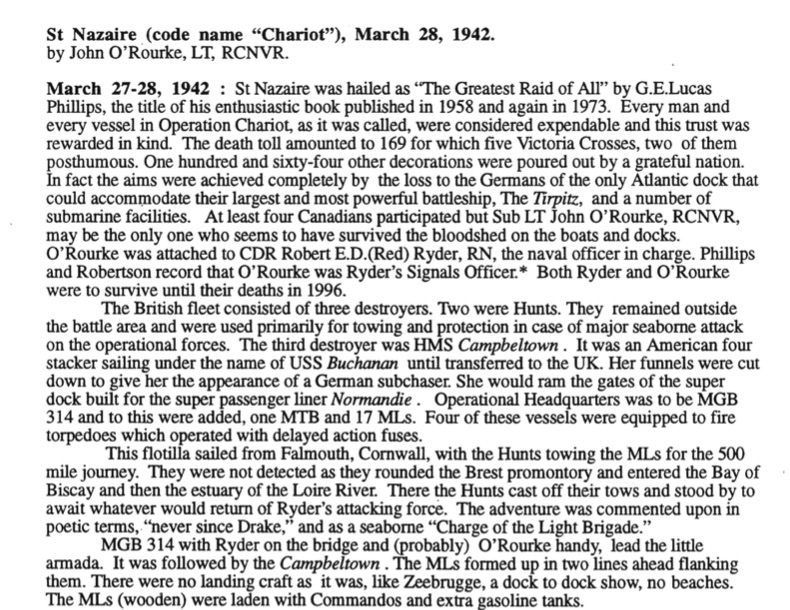







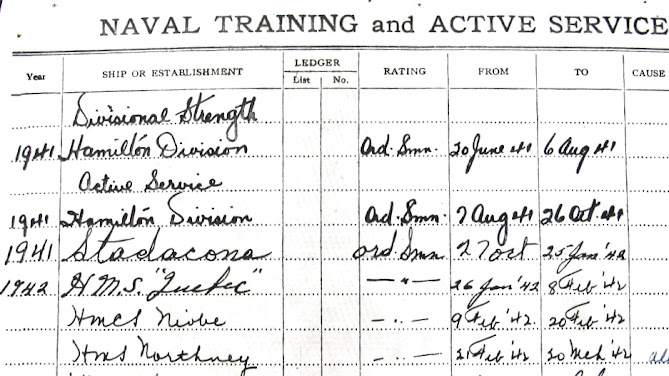

%20copy.jpeg)
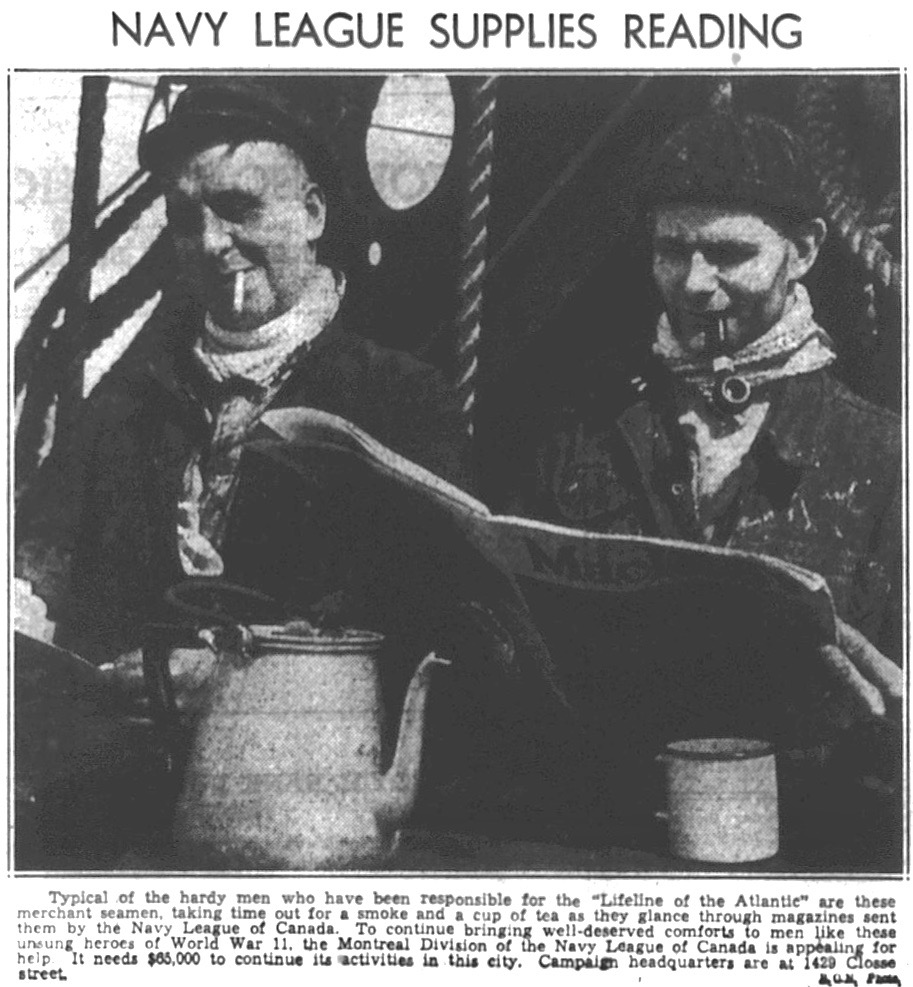




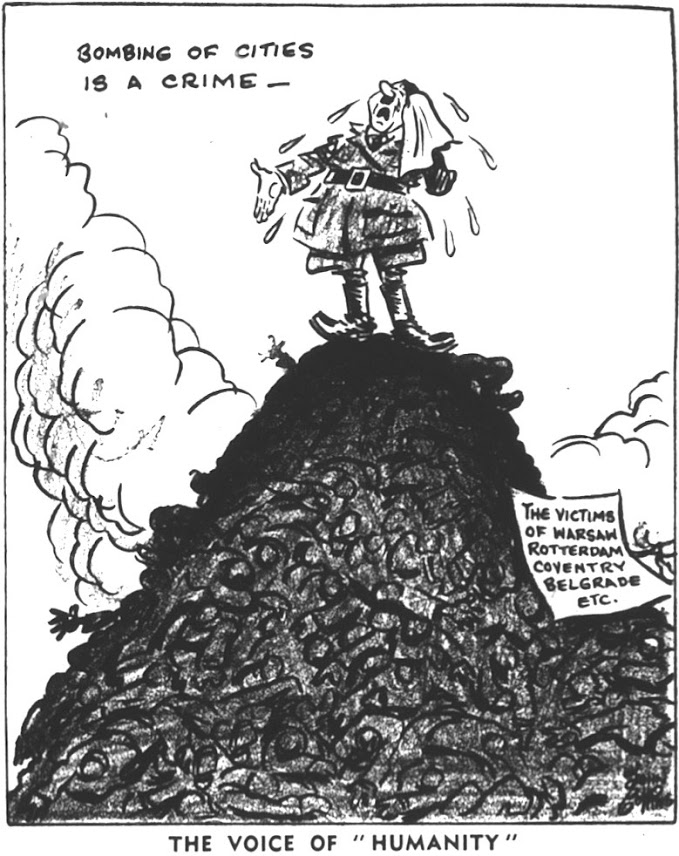



No comments:
Post a Comment